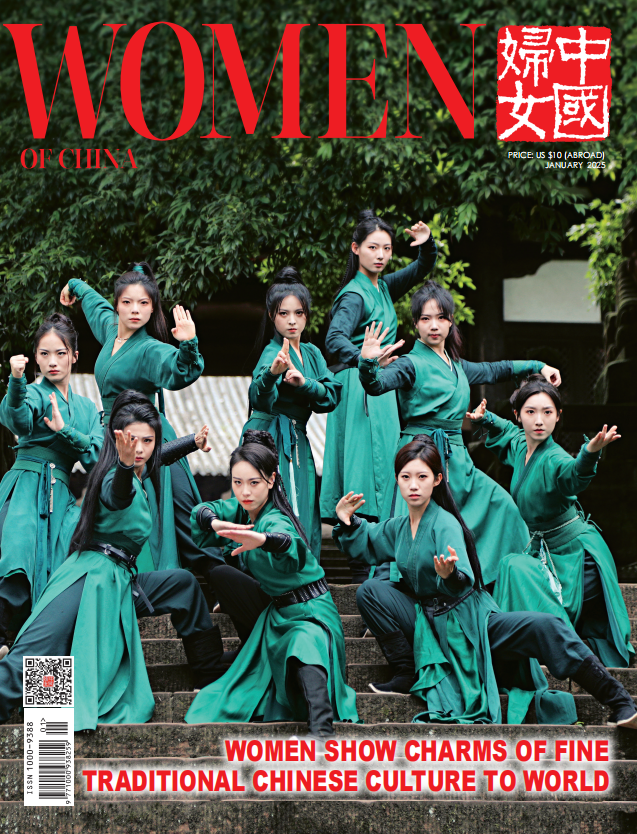Timeline of World War II
Long before the start of World War II, the Japanese had already launched a total war against China. This conflict was eventually swept up into the forces of WWII when Japan joined the Axis and China joined the Allies. This timeline shows how World War II unfolded across all of Asia between 1937 and Japan's surrender in 1945.
Events Preceding World War II
July 7, 1937: The Marco Polo Bridge Incident. Japanese forces conducting military exercises outside Beijing claimed that several of their soldiers were missing after an exercise. Japanese launched an all-out assault. The Chinese government declared its intention to resist, marking the start of the the Chinese People's War of Resistance Against Japanese Aggression. (Note: For political reasons, war was not declared by either side at this point. The Chinese declaration of war came on December 8, 1941).
August – November 1937: The Battle of Shanghai. Before the battle, the Tokyo government announced that Japan would complete the conquest of Shanghai in three days, and all of China within three months. Chinese troops held Shanghai for over three months.
September – November, 1937: The Battle of Taiyuan. The Japanese capture capital of Shanxi Province.
December 1937: Chinese capital Nanjing captured and subjected to weeks of rampage. The Nanking massacre resulted in the deaths of more than 300,000 Chinese civilians and war prisoners.
January – May 1938: The Battle of Xuzhou. Chinese troops gain a major victory over Japanese forces in Taierzhuang, Shandong Province.
February 1938: Bombing of Chongqing. Years-long campaign of fire bombing against the Chinese provisional capital. 10,000 civilians killed. The bombing ends in August 1943.
June 1938: The Japanese advance along the Yellow River is halted by the breaking of dams by the Chinese; the start of the Battle of Wuhan in central China's Hubei Province.
October 1938: The Japanese Army captures Hankou, marking the end of their advance up the Yangtze River. Landings near Hong Kong capture Guangzhou, capital of south China's Guangdong Province, cutting the Chinese off from ocean ports.
March 1939: The Japanese capture Nanchang, capital city of east China's Jiangxi Province.
May 1939: Battle of Suixian-Zaoyang. A Chinese victory against the Japanese drive.
World War II
September 1, 1939: The Invasion of Poland by Nazi Germany
September 3, 1939: France and the United Kingdom declare war on Germany
September – October 1939: The First Battle of Changsha. The Japanese attack Changsha, capital of central China's Hunan Province, where they are defeated by the Chinese.
December 1939: The Battle of Kunlun Pass. China attacks and captures Kunlun Pass held by the Japanese army in south China's Guangxi Zhuang Autonomous Region.
March 1940: Japan establishes a puppet regime in Nanjing under Wang Jingwei.
May 1940: The Japanese heavily bomb the Chinese capital Chongqing, on the upper Yangtze.
May – June 1940: The Battle of Zaoyang-Yichang. The Japanese capture Yichang in Hubei Province.
August – December 1940: Chinese forces launch the Hundred Regiments Offensive against the Japanese in North China.
October 1941: The Second Battle of Changsha. Japanese forces face a setback at Changsha, capital of central China's Hunan Province.
December 1941: Japan launches an attack on Pearl Harbor, and declares war on the United States and the United Kingdom.
December 9, 1941: China officially declares war on Japan, although a de facto state of war has existed between the two countries since the Marco Polo Bridge Incident. China also declares war on Germany and Italy.
January 1942: Twenty-six Allied countries sign the United Nations Declaration during the Arcadia Conference. The Chinese defeat the Japanese during the Third Battle of Changsha.
February 1942: The Chinese Expeditionary Force enters Myanmar to fight the Japanese army.
April 1942: The Battle of Yenangyaung. The Chinese Expeditionary Force defeats the Japanese army and rescues almost 7,000 British soldiers and 500 prisoners and civilians encircled by the Japanese.
May 1942: General retreat of the Chinese Expeditionary Force.
September 1943: Italy surrenders.
November 1943: The Battle of Changde. Chinese forces defeat the Japanese in Changde, Hunan Province.
January 1944: Chinese forces launch offensives in Myanmar.
April – December 1944: The Battle of Henan-Hunan-Guangxi. Japanese forces capture 150 Chinese cities.
April – June 1945: The Battle of West Hunan. The Chinese manage to repel a Japanese offensive in Henan and Hubei and launch a successful attack on Japanese forces in Guangxi, turning the course of the war sharply in China's favor even as they prepare to launch a full-scale counterattack across South China.
May 7, 1945: Germany surrenders unconditionally to the Allies.
August 6, 1945: The U.S. drops the first atomic bomb "Little Boy" on Hiroshima.
August 8, 1945: The Soviet Union declares war on Japan; the Manchurian Strategic Offensive Operation begins about an hour later which includes landings on the Kurile Islands.
August 9, 1945: The U.S. drops the second atomic bomb "Fat Man" on Nagasaki.
August 15, 1945: Emperor Hirohito issues a radio broadcast announcing Japan's surrender.
August 22, 1945: Japanese armies surrender to the Red Army in Manchuria.
August 27, 1945: Japanese armies in Myanmar surrender at Rangoon ceremonies.
September 2, 1945: The Japanese Instrument of Surrender is signed on the deck of the USS Missouri in Tokyo Bay.









.jpg)



 WeChat
WeChat Weibo
Weibo 京公网安备 11010102004314号
京公网安备 11010102004314号